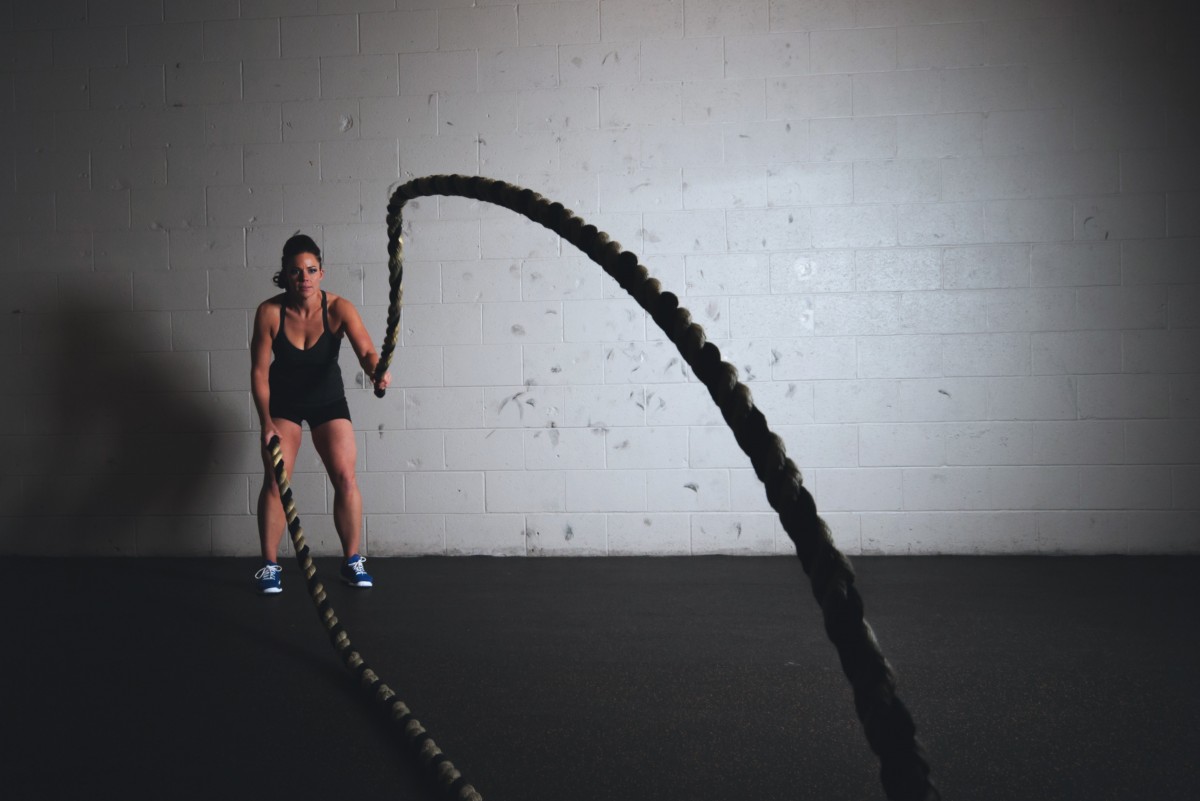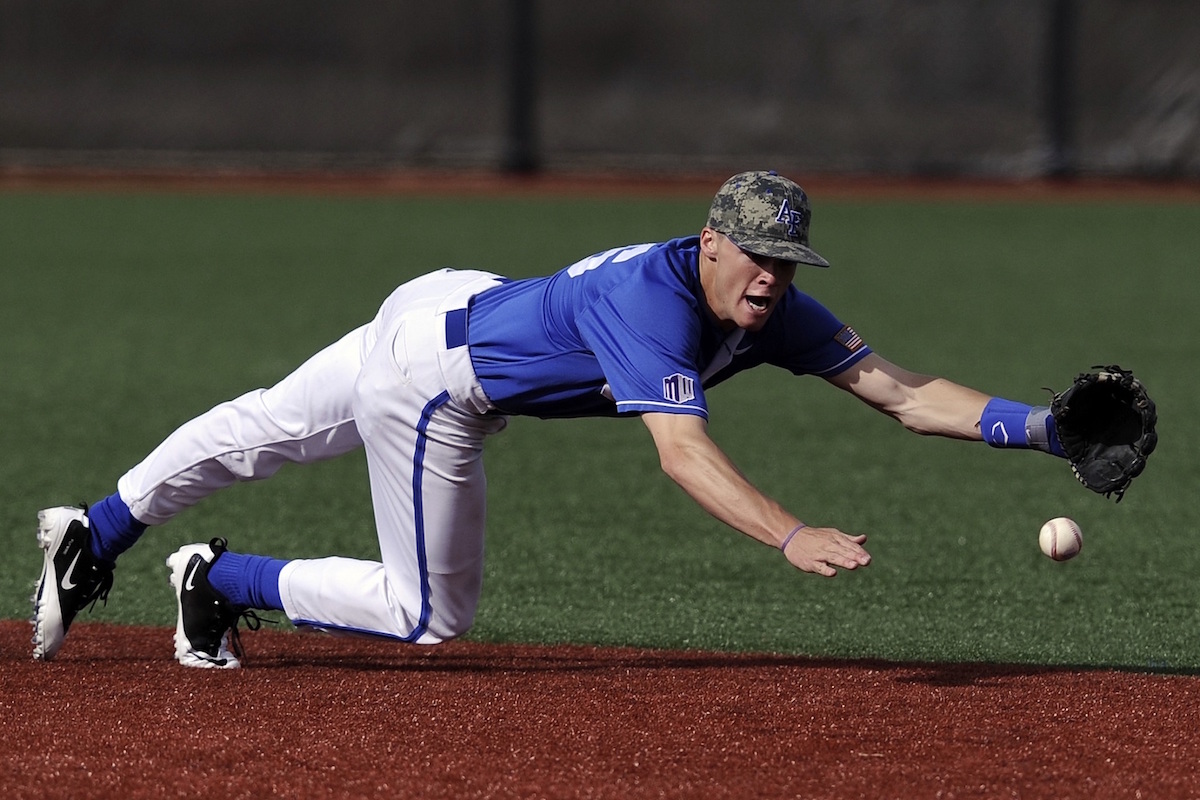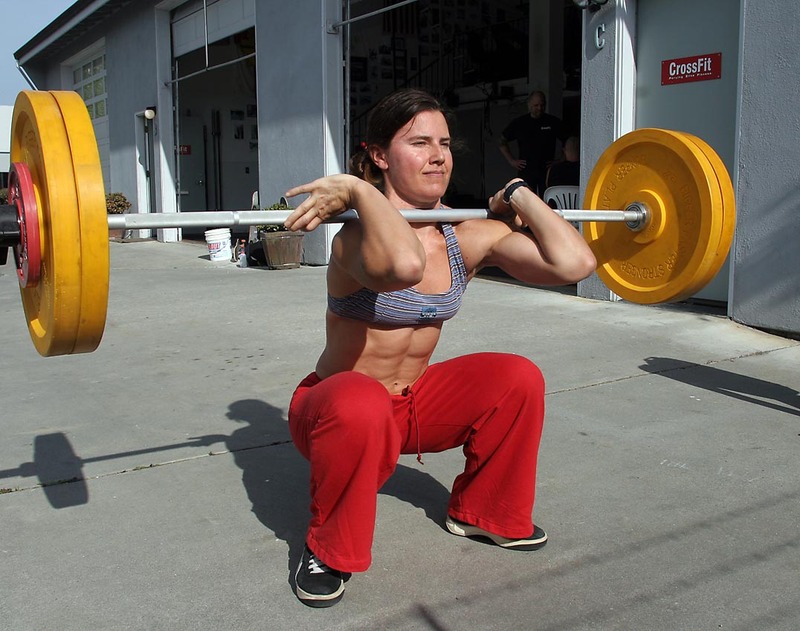Post-activation potentiation (PAP) is a topic that has been widely studied over the last five years. The idea is that some type of heavy training can help to increase power production/speed. Bellar et al look at PAP and its effect on weight throw performance in collegiate throwers. The authors studied 17 throws, 9 male (squat 1-RM: 200% body weight, power clean 1-RM: 120% body weight) and 8 female (squat 1-RM: 150% bodyweight, power clean 1-RM: 100% bodyweight) throwers. The athletes performed one of three warm-ups and then did three maximum effort throws:
- Warming up with the weight implement that they are throwing
- Warming up with a weight implement that was 1.37kg heavier than the one they were throwing
- Warming up with a weight implement that was 2.27kg heavier than the one they were throwing
Results:
- There were slight differences between the males and females. The females made their best throws after the 2.27kg heavier implement warm-up, the males warm-up the 1.37kg heavier implement warm-up.
- The 1.37kg heavier implement warm-up resulted in an almost 6% longer throw for the males, compared to a less than 1% improvement for females.
- The 2.27kg heavier implement warm-up resulted in an almost 4% longer throw for the males, compared to an almost 3% improvement for the females.
- There was a statistical correlation between improvements from the heavier warm-ups and power clean 1-RM, with those individuals with a heavier power clean 1-RM making better improvements from the heavier warm-up.
This is an interesting study for weight throwers as it suggests two things. First, using the heavier implements as part of the warm-up improves performance. I would argue that any improvement, even if it is not statistically significant, is going to be important to a thrower. Second, there may be a relationship between strength and the effectiveness of PAP. Keeping this in mind, the results should make sense if strength is important for the effectiveness of PAP. With the male throwers being stronger on the power clean (relative to body weight), then it makes sense that they were making better improvements from the heavier warm-ups. The strength factor may be very important. A number of studies have been done on PAP over the years, it seems like something that everyone wants to be true. Yet, many of these studies are inconclusive and a lot of this may be due to the level of the athlete studied. It’s very likely that PAP is something that is going to be more effective with advanced (stronger, more explosive) athletes rather than beginning ones.
These authors have been studying this topic with throwers pretty extensively, for example they had an article in a 2012 issue of Track and Cross Country Journal looking at weighted throws on shot put performance (see http://wp.me/p1XfMm-41 ) which did not find them to be effective.
References:
Bellar, D., Judge, L.W., Turk, M., and Judge, M. (2012). Efficacy of potentiation of performance through overweight implement throws on male and female collegiate and elite weight throwers. Journal of Strength and Conditioning Research, 26(6), 1469-1474.
Judge, L.W., Bellar, D.M., Judge, M., Gilreath, E., Bodey, K.J., and L. Simoni. (2012). Efficacy of potentiation of performance through over weight implement throws on female shot putters. Track and Cross Country Journal, 1(4), 9-18.



